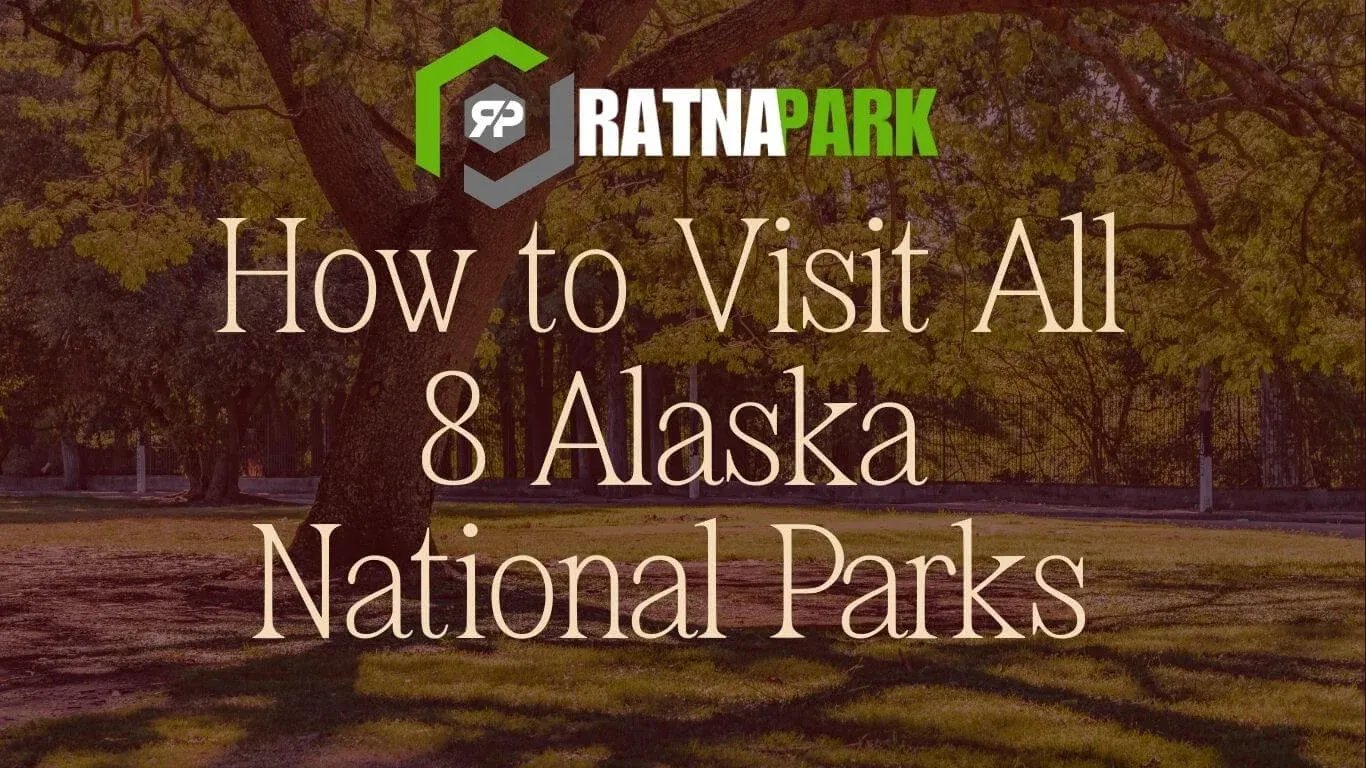
Visiting all eight Alaska National Parks is an epic journey across some of the planet’s wildest landscapes. From the sub-Arctic tundra of Gates of the Arctic to the coastal glaciers of Kenai Fjords, each park offers unique adventures and logistical challenges. This guide lays out an 11-day itinerary, tips on the best seasons, transport options (from ferries to bush planes), and packing essentials, tailored for readers of ratnapark.com in Kathmandu looking to conquer America’s Last Frontier.
1. Meet the Mighty Eight
Alaska is home to eight national parks—more than any other U.S. state:
- Denali National Park & Preserve
- Gates of the Arctic National Park & Preserve
- Glacier Bay National Park & Preserve
- Katmai National Park & Preserve
- Kenai Fjords National Park
- Kobuk Valley National Park
- Lake Clark National Park & Preserve
- Wrangell–St. Elias National Park & Preserve
Together they span over 110 million acres of rugged mountains, endless tundra, and coastal fjords—roughly 12 times the size of Nepal’s Kathmandu Valley.
2. When to Go: Seasons & Weather
Best Windows
- Late May to Early June: Snowmelt opens interior roads; wildflowers carpet Denali.
- July to Mid-August: Long daylight hours (up to 22 hours)—ideal for ferries in Glacier Bay and Kenai Fjords.
- September: Fall colors arrive; fewer crowds but shorter days.
What to Expect
- Sub-zero nights in Gates of the Arctic and Kobuk Valley, even mid-summer.
- Rain and fog in coastal parks—pack waterproof layers for Glacier Bay and Kenai Fjords.
- Mosquito surge June–July in interior parks—bring head nets and DEET repellent.
3. Sample 11-Day Itinerary
Days 1–3: Denali National Park
- Drive or train from Anchorage to Denali (240 miles).
- Shuttle bus tour into the park’s interior for wildlife (bears, moose, wolves).
- Hike the Savage River Loop (5 miles round-trip) for stunning views of Denali Peak.
Days 4–5: Gates of the Arctic
- Charter flight from Fairbanks to Bettles, then small-plane drop-off.
- Backcountry camping along the Brooks Range; no marked trails—prepare for self-sufficiency.
Days 6–7: Kobuk Valley & Lake Clark
- Float trip down the Kobuk River past the Great Kobuk Sand Dunes.
- Flight to Lake Clark for bear-viewing at Silver Salmon Creek (July peak).
Days 8–9: Katmai National Park
- Flight from Anchorage or King Salmon airstrip.
- Brooks Falls viewing platform to watch brown bears fish for salmon.
Days 10–11: Glacier Bay & Kenai Fjords
- Ferry from Juneau to Glacier Bay’s Bartlett Cove.
- Kayak among tidewater glaciers and watch calving icebergs.
- Drive to Seward and join a Kenai Fjords boat cruise past Aialik and Holgate Glaciers.
4. Logistics & Travel Tips
Getting There from Kathmandu
- International Flight: Kathmandu → Tokyo or Dubai → Anchorage. Expect 20–24 hours total travel time.
- Domestic Connections: Anchorage → Fairbanks → Bush planes or ferries to remote parks.
Permits & Passes
- America the Beautiful Pass covers entry to all national parks—$80 for one year.
- Backcountry permits required for Gates of the Arctic and Kobuk Valley—apply online months in advance.
Packing Essentials
- Four-season sleeping bag rated to −20 °F.
- Sturdy hiking boots with waterproof membranes.
- Portable stove & bear-resistant food canisters for the backcountry.
- Satellite communicator (Spot or InReach) in remote parks—no cell service.
5. Conclusion
From Denali’s snow-capped summit to the Arctic’s silent tundra, visiting all eight Alaska National Parks is a bucket-list adventure. With careful planning—choosing the right season, securing permits, and packing smart—you can weave together these majestic landscapes into a seamless journey. Bookmark this guide on ratnapark.com, gather your gear, and get ready to say, “I’ve visited all eight Alaska National Parks!”

